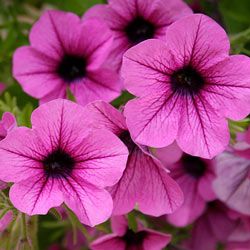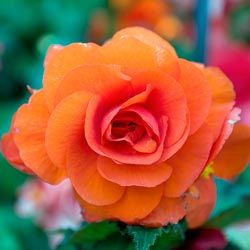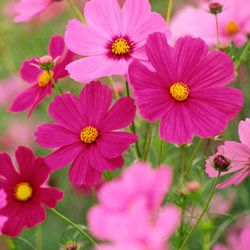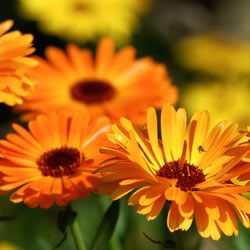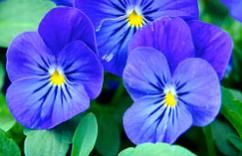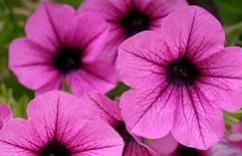If you're looking to have a little fun brightening up your landscaping, sunroom or garden, planting annuals is a relatively easy and effective approach that offers satisfaction for the gardening novice and expert alike. If your home is in the U.S. South, you'll probably find that many guides to planting annuals are focused on the climates, soils and seasons of the Northeast and Midwest, with little information on successful annual gardening in the South. From New Mexico to North Carolina, the U.S. South contains a multitude of differences in temperature, humidity and soil composition, and when planting annuals you must adjust your gardening plans accordingly for ideal results.
An annual is loosely defined as a flowering plant that completes its life cycle in a single growing period. From the last winter frost to the first frost of the next, annuals will germinate, grow, flower and wither. Depending on the climate of your region, and its temperature variation at the beginning and end of the winter, you may have a longer or shorter period to plant and garden your annuals. Additionally, due to the disparity in temperature, aridity and soil across the U.S. South, you will want to be sure to plant annuals that can survive the conditions specific to your locality [source: Kessler].
Advertisement
Finally, before deciding which annuals you would like to plant, take into consideration what you would like to achieve with your gardening, and then choose the annuals that best suit your purpose. Some annuals are better grown from seed, but may be too complicated for the beginning gardener. Other annuals may be better suited for hanging baskets, edging your garden or for producing cut flowers. No matter where you're gardening, native wildflowers will usually flourish with little assistance [source: University of Illinois Urban Programs Resource Network].
In addition to native wildflowers, the following annuals will generally thrive in the South with a little gardener's attention:
- Begonias
- Cosmos
- Marigolds
- Pansies
- Petunias
Read on to find out more about these annuals.
